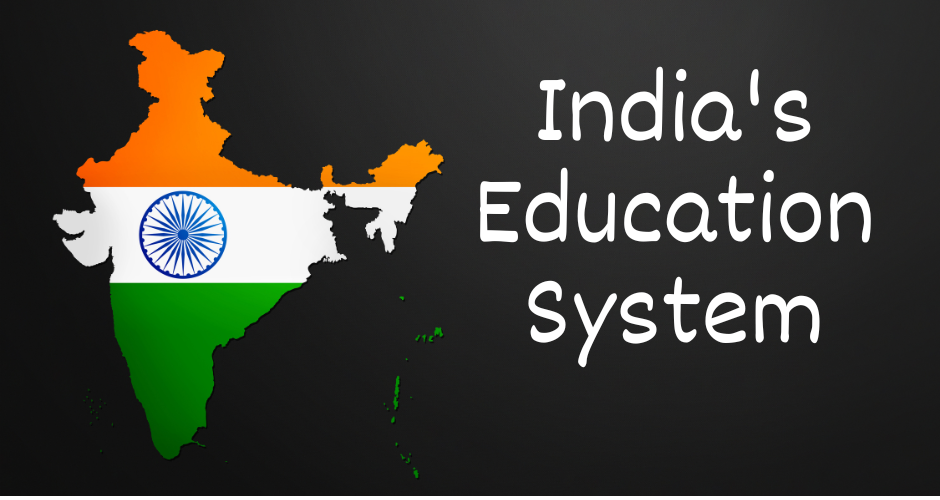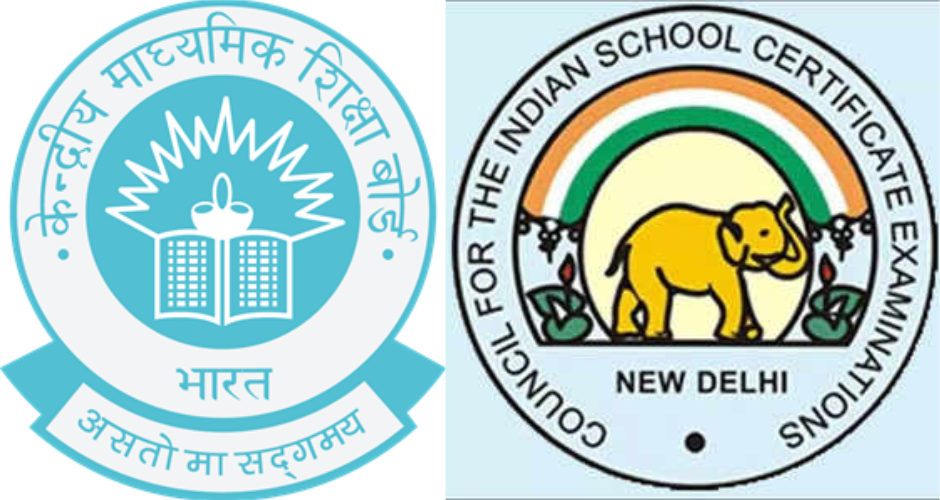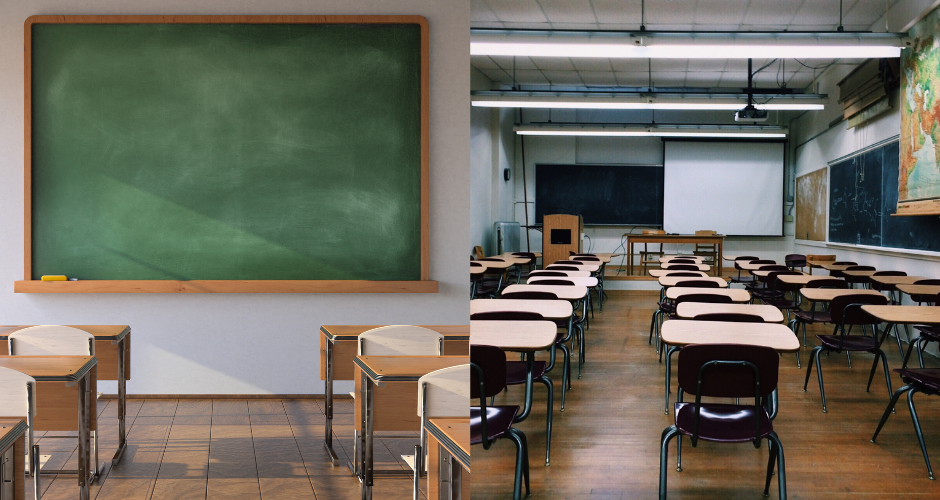Exploring India’s Education System

India’s education system, a blend of rich cultural heritage and modern pedagogy, stands as a testament to the nation’s diverse and dynamic landscape. Rooted in ancient traditions yet evolving to meet contemporary challenges, the system mirrors the complexities and aspirations of a burgeoning nation.
Foundational Structure
1. Three-Tiered Structure: India’s education system comprises three main stages: primary education (grades 1-5), secondary education (grades 6-12), and higher education (universities and colleges).
2. Diversity in Boards: Different educational boards like CBSE (Central Board of Secondary Education), ICSE (Indian Certificate of Secondary Education), and state boards oversee curriculum and assessments, contributing to a diverse learning environment.

3. Emphasis on Higher Education: India boasts a vast network of universities and colleges offering diverse fields of study, attracting students not just nationally but globally.
Challenges Faced
1. Accessibility and Equity: Despite significant progress, disparities in access to quality education persist due to economic disparities, rural-urban divides, and inadequate infrastructure in certain regions.
2. Quality and Relevance: The quality of education remains a concern, with issues related to outdated curricula, rote-based learning, and a gap between academic knowledge and practical skills demanded by industries.
3. Examination Pressure: The emphasis on rote learning and the weight placed on examinations often leads to immense pressure on students, impacting mental health and holistic development.

Initiatives and Reforms
1. Digital Transformation: Initiatives like the National Education Policy (NEP) 2020 aim to harness technology to enhance learning experiences, promote digital literacy, and broaden access to education across socio-economic strata.
2. Skill Development: Efforts to integrate skill-based education into the curriculum seek to bridge the gap between academic learning and industry requirements, fostering employability.

3. Inclusive Education: Measures to ensure inclusivity, such as programs for differently-abled students and initiatives promoting gender equality in education, are gaining traction.
The Road Ahead
The trajectory of India’s education system is marked by a continuous quest for improvement and evolution. Embracing innovation, addressing challenges, and fostering a holistic approach to education is pivotal for shaping the nation’s future.
1. Holistic Learning: Encouraging holistic development by promoting arts, sports, and critical thinking alongside academic excellence is imperative.
2. Teacher Training: Investing in teacher training programs to equip educators with modern teaching methodologies and tools is essential for enhancing learning outcomes.

3. Collaboration and Innovation: Collaboration between government, academia, and industry, coupled with a focus on innovation, can pave the way for a more responsive and dynamic education system.
Conclusion
India’s education system, while steeped in history, is a canvas of potential and transformation. As the nation surges ahead in the global arena, nurturing a responsive, inclusive, and quality-driven education system will be instrumental in empowering its youth and fostering a generation equipped to tackle the challenges of the 21st century.